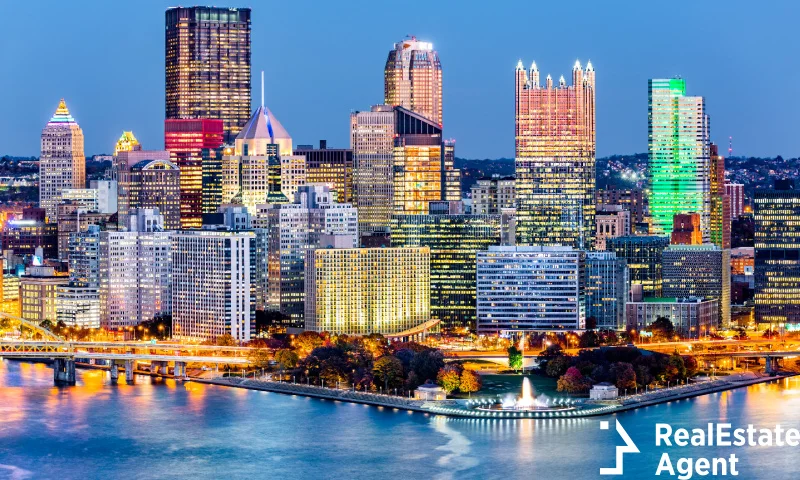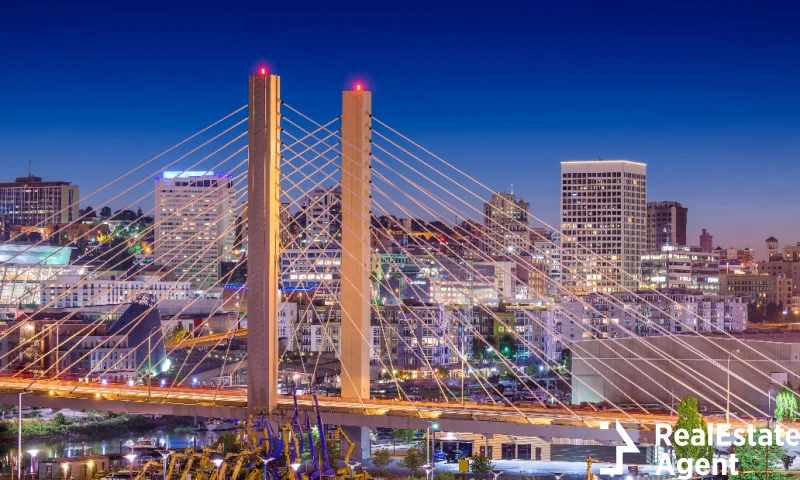Traveling. If we start to think about it, visiting a different place than the one we’re living in is special and out of the ordinary, gifting us the feeling of freedom and enjoyment. We often say, “I could live like this all the time”, or “I could get used to it”. Having an experience at least once in a while is very important for our brains, and it can fill our tanks and keep us going for a long time after. We crave meaningful encounters, openness, and beauty above everything, really.
Although travel has become widely available for everyone, it is still a luxury in the sense that we are balancing our way on the rope stretched between Time and Money. A brief visit to a different place can create a sense of luxury, especially if it is intertwined with the concept of our highly regarded vacation we’ve worked for so hard, because it is also the only time of the year when we can enjoy freedom from obligations, resting, and taking part in an adventure of exploration. This could be one of the reasons behind the sad fact that traveling and tourism ended up being so devastatingly harmful to the environment. Don’t get me wrong, this doesn’t mean that we shouldn’t travel at all. As a rule for everything: there is a good way of doing it that can even benefit the destination location in many ways. And that is taking action by knowing sustainable tourism and sustainable travel options out there. Here are a few things to keep in mind for your next trip.
Understanding the impact
Before we get into the demoralizing details of the impact tourism has on the environment, let’s take a glimpse at the definition of sustainable travel. The short version: traveling sustainably means knowing the damage tourism does to the environment and adopting positive routines which can reduce the negative effects. Sustainable travel helps to preserve nature and the precious resources we have a limited amount of. It’s a fight against the commodification of nature for our comfort and consumption needs. International traveling is far from sustainable, but there’s a little something everyone can do to significantly reduce the catastrophe and make things better for the local communities.
So, the dark shadow of facts: for many people, it is still unclear why we are experiencing climate change. And it’s not their fault. To explain it really shortly: burning fossil fuels and producing a lot of CO2 is the main contributor to more heat getting trapped in our atmosphere. Energy use, especially transportation, is the main producer of greenhouse gasses, and flying is the worst of them all. Air travel accounts for more than 40% of the carbon footprint of the entire travel industry. Trash is the second leading cause, leaving behind destroyed natural areas and causing the decline of local flora and fauna, not to mention the greenhouse gasses improperly decomposing organic matter produces. The effect on local cultures is also very important because the dwindling of customs and traditions indirectly adds to the same process. Sustainable tourism targets those negative outcomes, implementing positive routines and making choices that reduce the overall impact.
Sustainable travel tips
Take it easy
After understanding the impact of our actions in theory, it’s much easier to tune ourselves to them. Think of it as a fine-tuning, which doesn’t take up more energy; it’s like any other healthy routine: once adopted, it becomes the only reasonable way of doing it.
We’ve all heard this probably a thousand times, but try not to fly. Or at least limit your number of flights, and save flying for locations you otherwise wouldn’t have access to. Give closer locations a chance, you will be surprised how rich your experience can be. It’s a bad influence taking effect when we think that we will only have a good experience by traveling to the other side of the Earth. Experiencing slow travel can be in itself an experience that lasts for a lifetime. The El Camino is a great example for experiencing the beauty of slow travel. Traveling slowly for long distances leaves you with what most people yearn for in their everyday lives: time to think and cultivate your relationship with yourself and the beings around you. When you can, use the train, bus, and other earthbound traveling facilities to minimize your carbon footprint.
Choose sustainable destinations and accommodations
If you can’t replace flying, you can still compensate for it partially by looking for tour companies or accommodation providers with sustainable options for a place to stay. You can look for locally owned places, contributing this way to the local economies. The smaller business, the better! Try to avoid large resorts because they produce a lot of waste, and look for green certifications to find places that are designed sustainably and for lower emissions. And watch out for “greenwashing”, because sometimes hotels label themselves green without taking any action towards sustainability.
Before planning a trip, always check the suggestions for sustainable destinations or places that need support to rebuild themselves, like after a natural disaster. This way, you can discover breathtaking places through sustainable travel while helping local communities in need.
If you want to travel to popular tourist destinations, try to avoid going in the peak summer months, when those cities are under such a huge burden of tourists. Be a sustainable traveler: choose accredited accommodation, preferably owned by locals, and look for ways to contribute to the life of residents. Keep an eye out for tourist traps, and put your money to good use. Buy your food locally from restaurants, small shops, or markets to support their economy.
Don’t buy trash
Single-use plastic is one of the fiercest enemies of sustainable travel, making its way everywhere. You look away and end up with a bag or a cup in your hand in a second. Try avoiding it as much as you can. Sometimes you have to ask vendors not to put things you bought in plastic bags. You can be prepared with tote bags and paper bags for storage, and you can also bring your reusable water bottles on your trip and refill them at your hotel. Didn’t bring one? No problem. Buy one bottle of water and use that as reusable for the time of your trip. Also, go for the bigger bottles.
Use public transportation, bike, or walk
If you’re visiting a city, there are probably many options available for getting around besides using a car or taxi. By using public transportation, you’re saving on CO2 emissions while taking part in the everyday life of locals. Walking is an excellent way to discover hidden gems and local treasures which don’t fall on the larger tourist routes. The same goes for biking, but with the benefits of being able to cover bigger distances. Besides being sustainable, the perks of human-energy-fueled modes of transportation are that you can stop at any moment you like, reach places easily, go where cars can’t go, and it’s good for your health too. Maybe you don’t have the opportunity to practice your usual workout routine during your travel. Make up for it with biking or walking!
Respect and support local communities
Sustainable travel shows that you should support the local community, but this is true for every location you spend time in, including your home. Supporting local communities by choosing their products instead of products that have to travel a long way makes a huge difference in the local economy. Small local businesses don’t have the financial safety net big corporations do, meaning they need more support to keep their business going. Local businesses usually also buy products from local producers and farmers, contributing to quality, sustainability, and health.
Spend more time educating ourselves and the people around us
One of the main reasons climate change is still not being taken seriously is that the internet created this phenomenon where fake news can have a very strong voice, playing on our emotions. At the same time, the truth might get distorted or completely disregarded. And the reason, according to Youtuber Veritasium, is that our brains have adapted to deal with obvious and visible danger in the now. Our old brain parts are not the best at comprehending and dealing with complicated, intertwined things which take effect in the future, while there are no signs of immediate danger in the present. The effects of our actions to reduce our contribution to climate change are also invisible for now, making things like sustainable travel seem futile.
And yet, we are not some passive dummies tossed around in space by our ancient instincts. We have come a long way to be able to make rational decisions, even when the outcome is not visible from the present. Education and repeated efforts to comprehend the magnitude of the problem can lead to change. Remember: being educated and taking action yourself is the strongest way to encourage others to think differently.
To wrap it all up, sustainable travel has a few easy principles by which we can lower the impact of the negative effects of tourism on the environment. The actions on our end take so little, yet their effect can be surprisingly significant. We cannot know exactly how far “far away” really is. Both outcomes, catastrophe or managing to keep it at bay, could be just around the corner. Our actions make significant changes to the environment, in a positive sense, too. As a rule, the good things are usually invisible, and we only recognize them as good when we already feel their absence. Instead of unconsciously and unwillingly doing harm to ourselves and others, wouldn’t it be nice to know that our contribution led to something good?
















